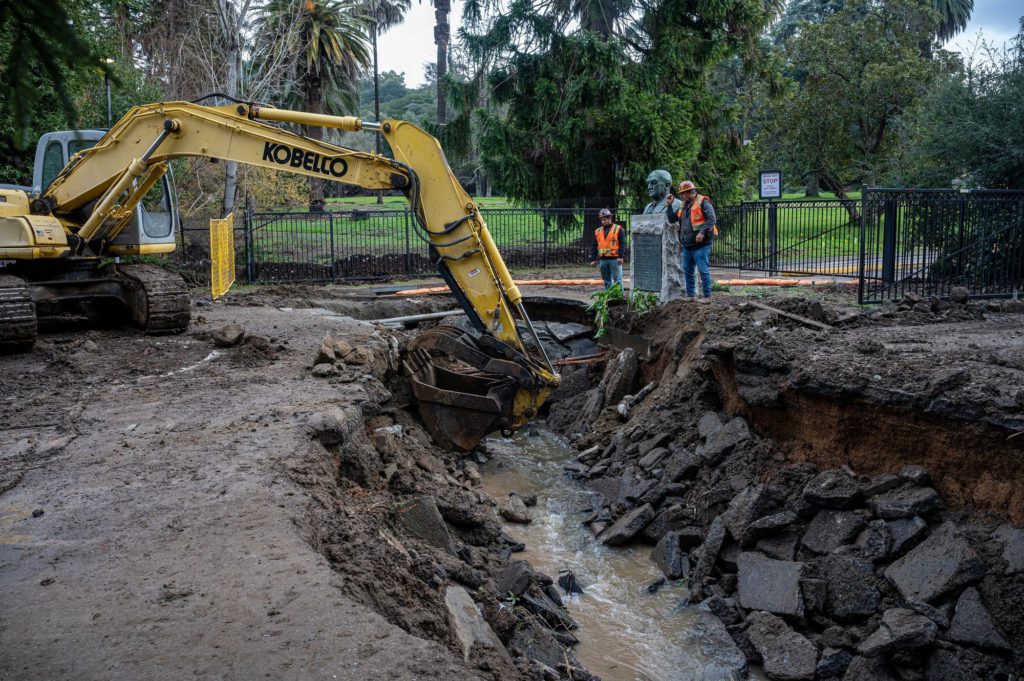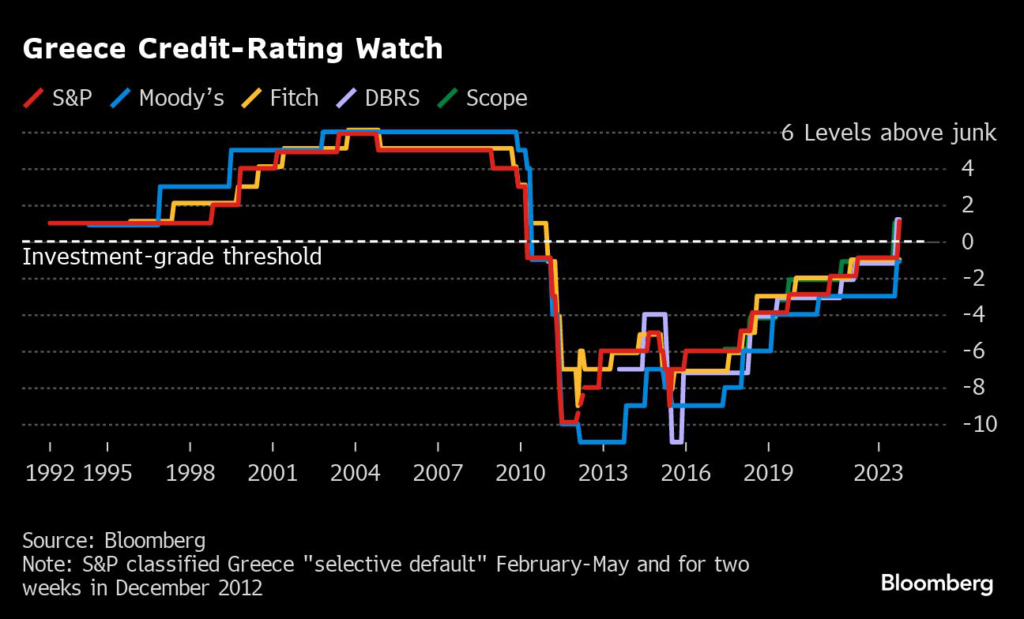California faces heavy rain and ferocious winds as a powerful storm system adds to recent downpours that have burst levees and triggered mudslides.
(Bloomberg) — California faces heavy rain and ferocious winds as a powerful storm system adds to recent downpours that have burst levees and triggered mudslides.
The deluge is set to continue in parts of the state on Thursday, and “considerable flooding impacts are likely,” the National Weather Service said in a statement.
Heavy snowfall in some mountain areas could make travel impossible at times, it added.
Officials evacuated low-lying neighborhoods in a handful of communities and urged Californians to stay off the roads, saying the storm could be one of the biggest in five years.
While drought-stricken California desperately needs rain and snow, the last two weeks have brought a parade of storms that’s unleashed more water than some areas can handle.
The storms are refilling depleted reservoirs and boosting the state’s mountain snowpack, but they’re also causing chaos on roads and have led to at least one death.
“We could see widespread flooding, mudslides and power outages,” said Nancy Ward, director of the governor’s Office of Emergency Services, at a Wednesday briefing in Sacramento.
“We are worried about a storm hovering for much too long, because we are just so saturated.”
The storm prompted scattered evacuations in Contra Costa and Santa Cruz counties outside of San Francisco.
Some fuel terminals shut in Sacramento and Stockton due to flooding — and new deliveries could be delayed. Officials closed Highway 1 on the scenic Big Sur coast on Wednesday.
Roughly 190,000 homes and businesses across the state were without power by 3:41 a.m.
local time Thursday, according to utility tracking site Poweroutage.us.
Governor Gavin Newsom declared a statewide emergency, a move that provides additional authority to rapidly deploy aid where needed.
Some California National Guard units have been called in to assist, and the state’s emergency operations center is on its highest level of alert.
The storm will spread southward, adding to heavy rain across Los Angeles.
As much as four inches could fall, with up to double that amount in some isolated mountainous areas. Significant flash flooding and debris flows are possible, according to the US National Weather Service.
Coastal areas and the Sacramento Valley are at particular risk of flooding and rock and mud slides, the agency said.
Heavy rain could continue in parts of the state, including northern California, into Friday.
The Pacific storm intensified so rapidly it has become what meteorologists call a bomb cyclone, bringing hurricane-strength winds that are driving a deep ribbon of moisture off the ocean into California.
A similar band of torrential rains, known as an atmospheric river, swept ashore last week. A subsequent stream is forecast to hit this weekend, followed by another early next week, adding to the trouble.
“These little breaks will be few and far between — there is not going to be much recovery time between these atmospheric rivers,” said Andrew Orrison, a forecaster at the US Weather Prediction Center.
–With assistance from Chunzi Xu, Sarah McBride and Brian Wingfield.
(Updates with National Weather Service statement in second paragraph, power outages in seventh.)
More stories like this are available on bloomberg.com
©2023 Bloomberg L.P.










